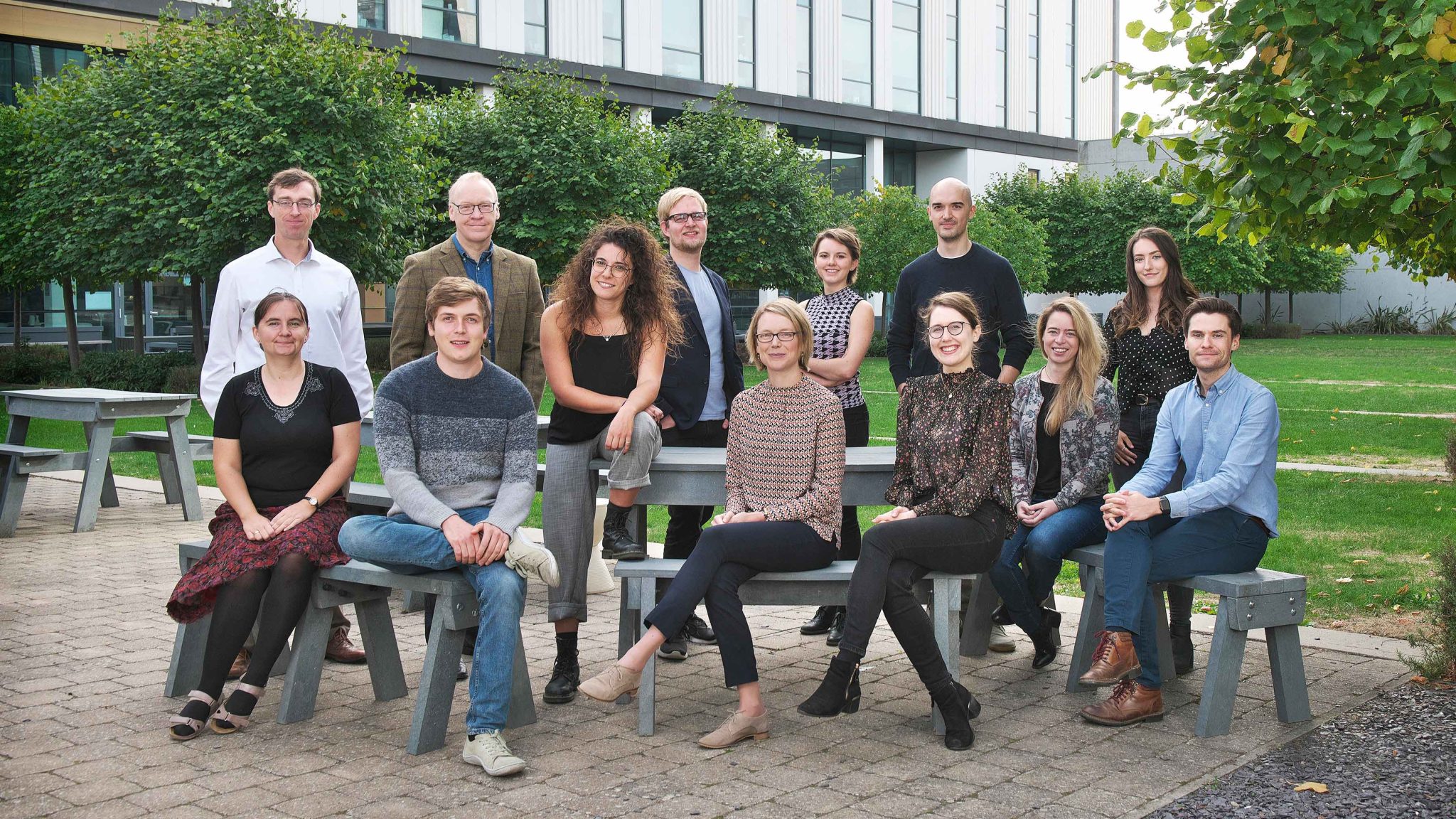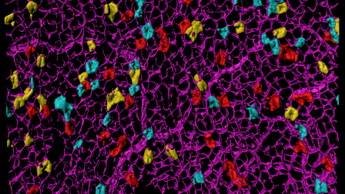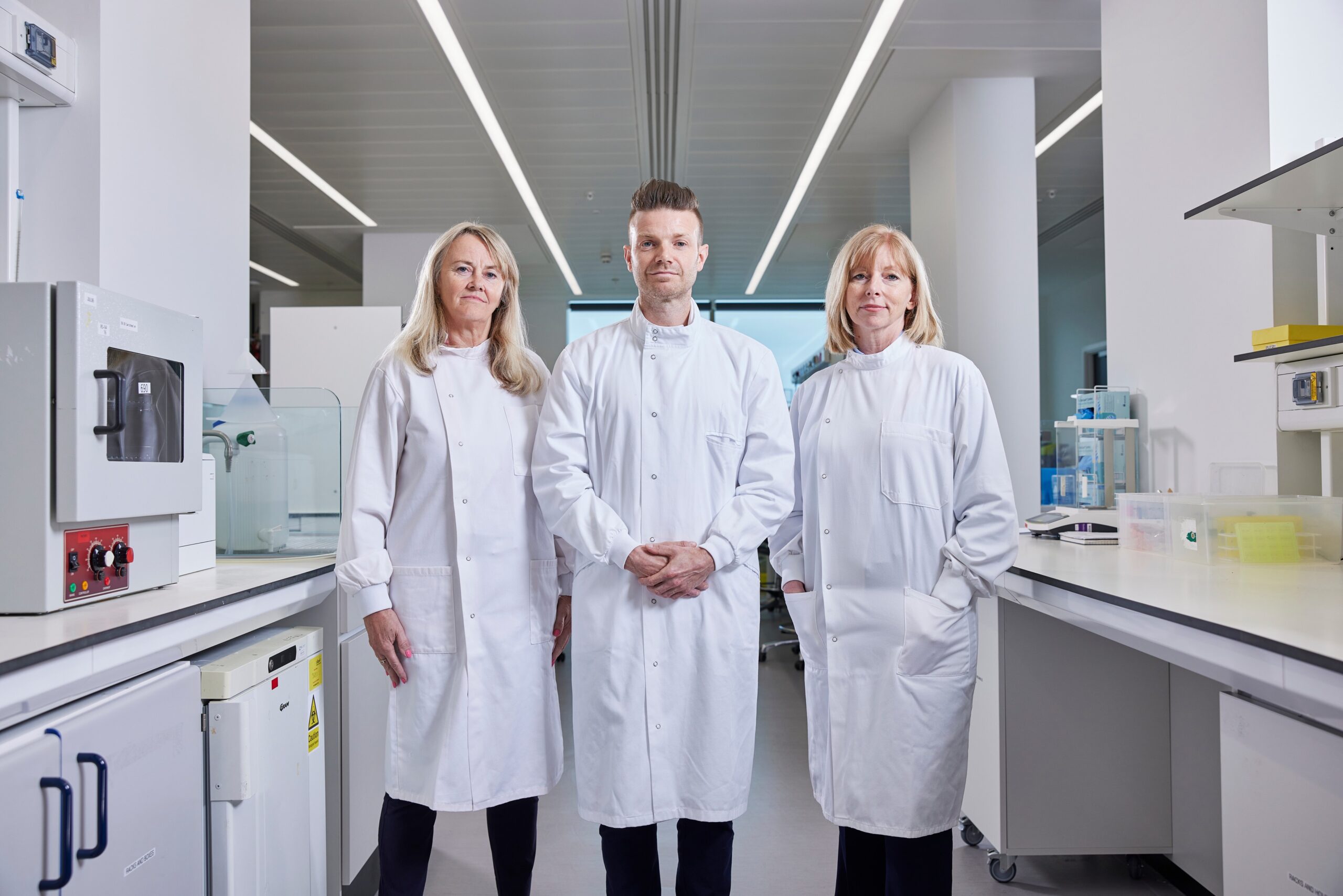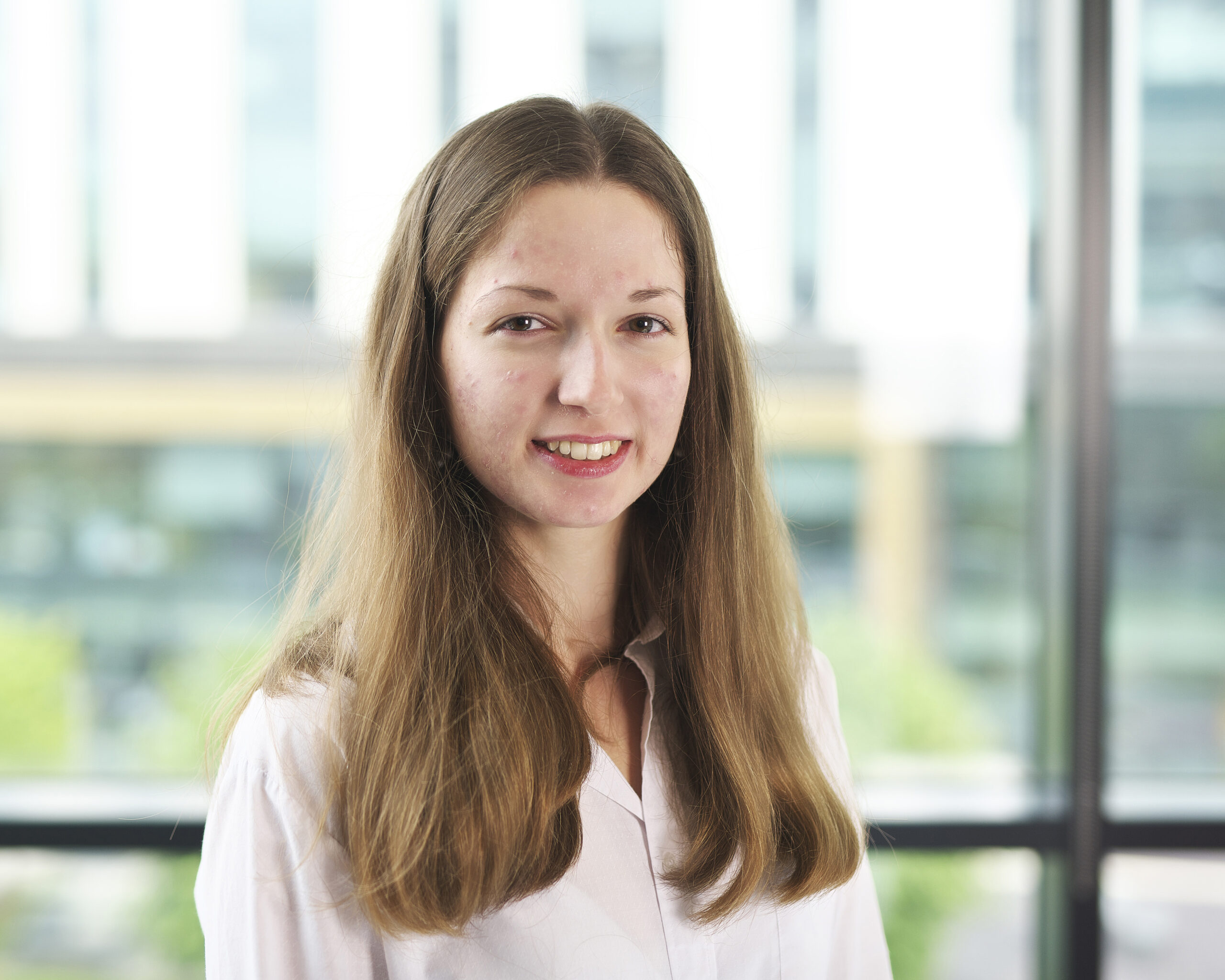Lina Hacker awarded Postgraduate Student Thesis Prize

Lina Hacker has been announced as the winner of this year’s Postgraduate Student Thesis Prize. The Prize is awarded each year to an exceptional postgraduate student who has completed an outstanding piece of work during their studies.
Lina Hacker completed her PhD in the Bohndiek Group, supervised by Professor Sarah Bohndiek. For her studies, Hacker validated a new imaging technique to image blood vessels and oxygen in tissues.
Tumours often have a poor blood supply or abnormal blood vessels leading to areas of the tumour having low oxygen levels. These areas of the tumour can either have consistently low oxygen levels, or their oxygen levels can fluctuate over time. Fluctuation in oxygen levels within a tumour has been linked with resistance to cancer treatments and worse patient outcomes.
To investigate the variations in oxygen levels within tumours, the Bohndiek Group uses a technique called photoacoustic imaging. Photoacoustic imaging uses light to slightly heat a tissue causing sound vibrations which can be recorded by an ultrasound detector. How a tumour reacts with the light, and the vibrations that are created depends on certain characteristics of the tissue.
Photoacoustic imaging has the potential to non-invasively map blood distribution and oxygen levels in our body using both light and sound. However, to fulfill this potential in future studies, photoacoustic scanners need to be rigorously tested to build confidence in the technique and standardise measurements.
Hacker researched and developed a material that could be used to create tissue-like samples to test the photoacoustic scanners. Ensuring that along with reacting to light and sound in the same way as tissue does, it was also safe, low-cost and the ingredients were readily available.
Once developed, Hacker used the material to thoroughly test the photoacoustic scanners to outline their strengths and limitations in imaging blood vessels in tissues.
Photoacoustic scanners were then used on two different breast cancer mouse models and identified that oxygen levels varied more in the more aggressive tumour model. These findings highlight the promise of the technique to strengthen our understanding on oxygen variation in tumours, which may help to develop better cancer therapies in future.
Since completing her PhD, Lina has continued working in Sarah Bohndiek’s group as a postdoctoral researcher investigating her current findings in more depth.
Related News
See all news-

Order of cancer-driving mutations affects the chance of tumour development
3rd December 2025
New research from the Winton Group has revealed that the order of cancer-driving mutations plays an important role in whether tumours in the intestine can develop.
Find out more -

Cancer Detectives: New Channel 4 Documentary Showcases Cambridge Brain Cancer Trial
27th November 2025
A Cambridge researcher offering new hope to people with brain tumours is the focus of a documentary exploring the science behind the next big breakthroughs.
Find out more -

Aleksandra Janowska awarded Postgraduate Student Thesis Prize
25th November 2025
Aleksandra Janowska has won this year’s Postgraduate Student Thesis Prize. The Prize is awarded each year to a student who has undertaken an outstanding project to the highest standards during the course of their PhD study.
Find out more